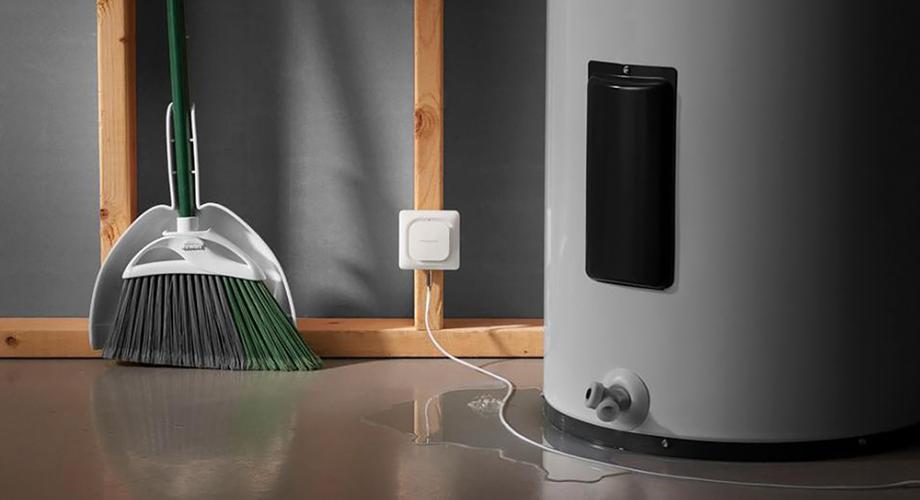Preventive maintenance plans are crucial to successfully managing a rental housing community. Precautionary maintenance plans are the most effective to address issues while they are quick and cheap to fix before they become major undertakings.
Implementing a regular program of inspection and upkeep can help maintain a safe environment and avoid unnecessary accidents. For instance, the average cost to fix a plumbing leak is about $200 for multi-unit properties. If the leak is left unchecked, it can lead to water damage and mold, which may cost thousands of dollars to repair.
When creating the new plan, consider systems and aspects of your community where maintenance is most needed. Then, build in a process and schedule that decreases risk for each of those areas. Here are four key areas to consider when creating the plan.
Water damage threats
Check door and window seals for openings, as well as roofs for signs of water damage. Installing Wi-Fi connected water-sensing devices in leak-prone areas such as kitchens and bathrooms is a great way to track issues in real time. Make sure that the gutters and landscaping irrigation systems are draining properly. Schedule maintenance services to check washing machines and sinks frequently because these areas are most common for indoor leaks.
HVAC and water heaters
Two of the most expensive repairs are HVAC systems and water heaters. It is crucial to schedule visual inspections at least once a year. Also consider implementing inspections during the spring and winter to detect any unexpected issues that may appear as the seasons change. Generally, HVAC systems have a lifespan of 10 to 15 years and water heaters last about 8 to 12 years. Keep this in mind when determining whether to repair or replace systems that are having issues.
Energy-efficient lighting
An easy to overlook solution, installing long-lasting LED lightbulbs will allow maintenance to cut down on simple bulb switches and focus on more important tasks. This change can result in long-term savings over a long period of time. Not only do LED bulbs use approximately 84 percent less energy, but LED technology has been integrated into a variety of bulbs and fixtures both indoors and out.
Air filters
Every manager knows that changing air filters on a regular schedule helps the efficiency of the system and keeps resident power bills lower. Air filters that are not replaced in a timely manner result in mildew growth and decreased air flow. Create a staggered schedule that will allow maintenance staff to change filters throughout the community at a realistic pace.
Even when things appear to be running smoothly, it’s important to be thorough about preventive maintenance. A good plan will enable managers to spend efficiently on proactive upkeep and avoid unexpected, costly repairs that upset residents and hurt budgets.
Kimberly DeJesso, National PRO Manager The Home Depot
